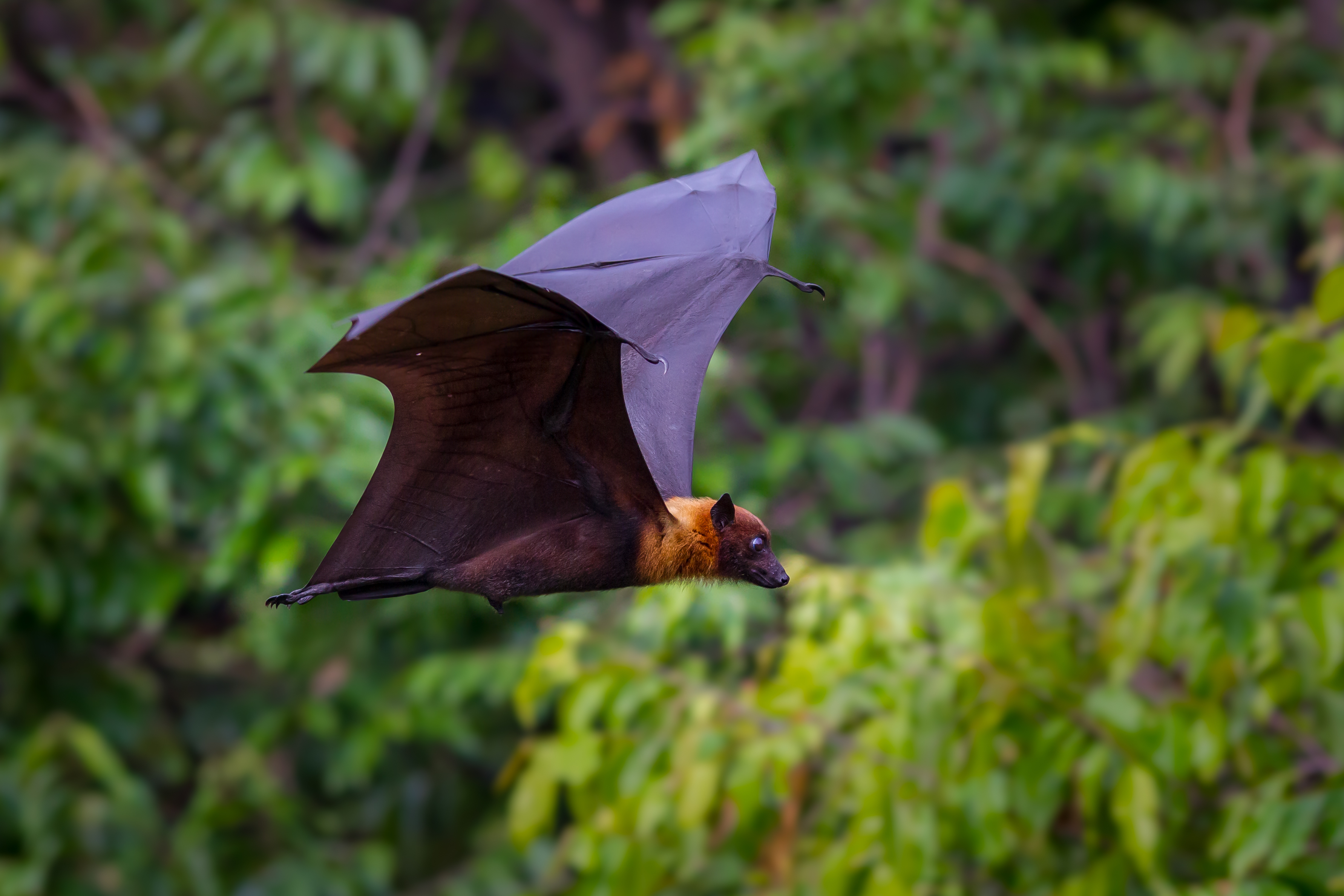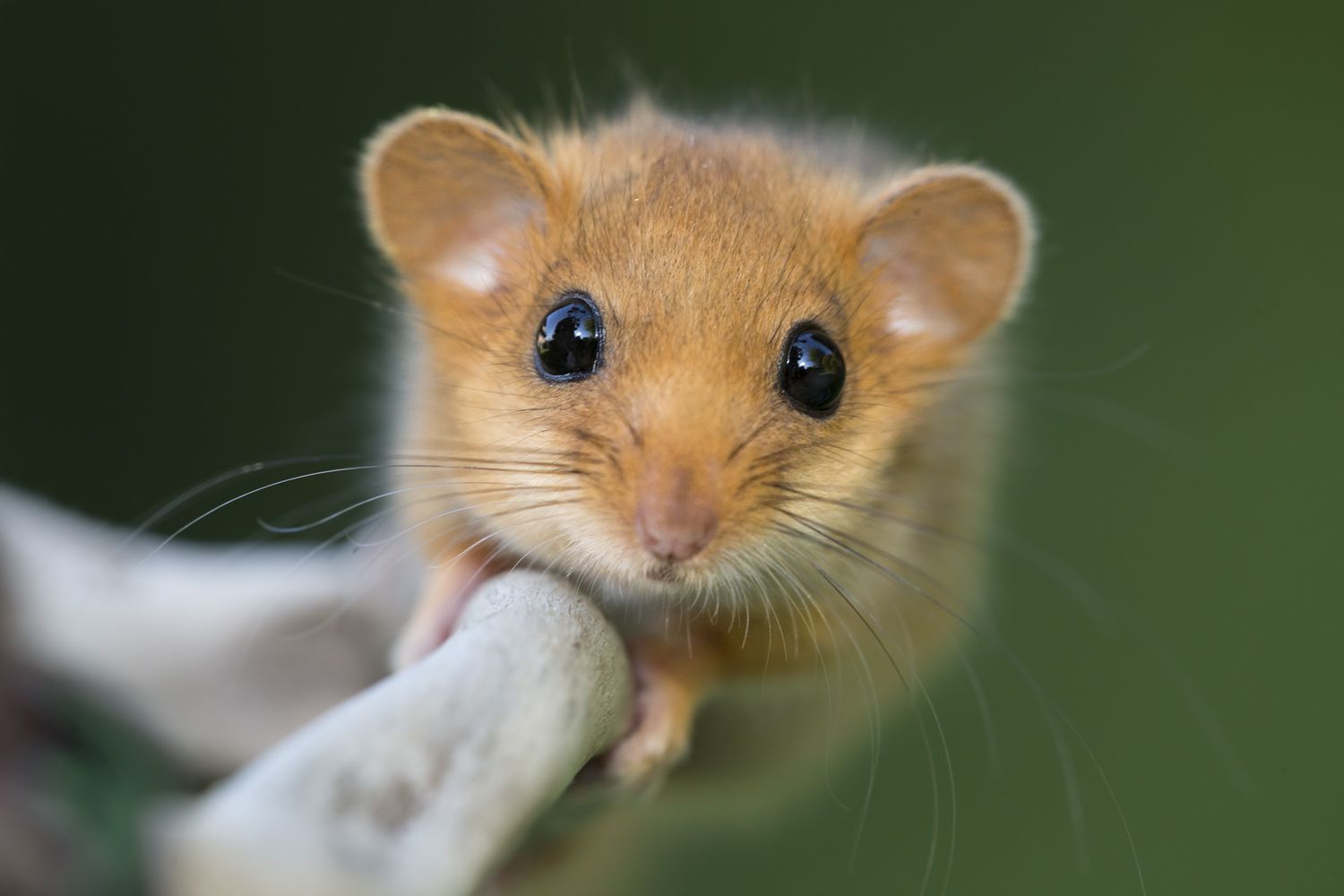Echolocation is the process of using sound to sense what is around you. While humans have harnessed this ability through the use of technology like sonar, there are a number of animals that use echolocation to hunt and explore their surroundings.
In this article, we’ll introduce you to the top 9 amazing animals that use echolocation. From bats to dolphins to shrews, these animals have developed unique adaptations that allow them to navigate their environments using sound.
You are reading: Top 9 Amazing Animals That Use Echolocation
Whether they’re soaring through the skies or swimming in the depths of the ocean, these creatures are truly remarkable in their ability to use echolocation to survive and thrive.

Top 9 Amazing Animals That Use Echolocation
Bats

Bats are perhaps the most well-known animals that use echolocation. They emit sound waves at frequencies above human hearing, called ultrasound, to navigate and find insect prey in the dark.
Bats listen to the echoes produced when their sound waves hit an object, which bounces off the object and returns to the bats’ ears. By listening to the echoes, bats can figure out where the object is, how big it is, and its shape.
Most bat echolocation occurs beyond the range of human hearing, with bat calls ranging from 9 kHz to 200 kHz. Humans can hear from 20 Hz to 15-20 kHz depending on age.
Bats can detect objects as thin as a human hair in complete darkness using echolocation. Bats are not blind, but they can use echolocation to find their way around very quickly in total darkness.
Dolphins

Dolphins are highly intelligent marine mammals that use echolocation for navigation, communication, and hunting. They emit clicks and listen to the echoes to perceive their surroundings.
Dolphins produce directional, broadband clicks in sequence, with each click lasting about 50 to 128 microseconds. When the animal creates the “clicking” echolocation sounds, they are focused in a directional beam by the melon, a large fat deposit located in the forehead of toothed whales.
The echos that are reflected from food sources are received at the “acoustic window” area in the lower jaw. From there, the acoustic information is transmitted to the middle ear, and ultimately to the brain for interpretation.
Echolocation allows dolphins to determine size, shape, speed, distance, direction, and even some of the internal structure of objects in the water. Despite years of study, scientists still do not fully understand the complex mechanisms that allow dolphins to learn so much about their surroundings via echolocation.
Whales
Whales, like dolphins, are also known to use echolocation for various purposes, including hunting and navigation. However, there are some differences in the way different whale species utilize echolocation.
– Toothed whales: Toothed whales, such as belugas, sperm whales, and dolphins, are well-adapted to echolocation. They emit sound waves, including high-frequency clicks, through their phonic lips, which are vocal cord-like membranes located in the nasal passages below the blowhole. These sounds are then focused and directed by a fatty cavity called the melon, located in the front of their heads. The echoes of these sounds are received by the hollow, fat-filled lower jaw and then travel to the inner ear for analysis by the brain. This bio-sonar system allows toothed whales to locate prey with great accuracy and “view” their world.
Read more : Top 10 Biggest Animals That Ever Walked The Earth
– Baleen whales: Baleen whales, such as humpbacks and blue whales, do not have the same level of echolocation ability as toothed whales. Instead, they primarily use low-frequency sounds for communication, sometimes over considerable distances. Recent research suggests that baleen whales may use their larynx, the “voice box” in land mammals, to produce these low-frequency sounds. Some male humpback whales even produce complex songs. While baleen whales may not rely heavily on echolocation for hunting, they still use it to some extent for orientation and locating prey in their environment.
– Skull adaptations: Toothed whales have developed asymmetric skulls to accommodate the internal organs involved in echolocation. In most toothed whales, the internal organs in the skull are squashed into the left side to make way for the soft tissues that help them echolocate. Whales living in extreme environments, such as narwhals, belugas, river dolphins, and deep-diving sperm whales, rely more on echolocation and have even more uniquely shaped heads.
– Developmental adaptations: The ability to echolocate in dolphins and toothed whales is shaped before they are even born. Researchers have found that different groups of whales have altered their development to enhance their echolocation abilities. This suggests that echolocation is a crucial sensory adaptation for these marine mammals.
Swiftlets
Swiftlets are birds that belong to the four genera Aerodramus, Hydrochous, Schoutedenapus, and Collocalia, and form the Collocaliini tribe within the swift family Apodidae.
The group contains around thirty species mostly confined to southern Asia, South Pacific islands, and northeastern Australia, all within the tropical and subtropical regions.
Swiftlets are insectivores, with hymenopterans and dipterans being the most abundant prey. Typically, they leave the cave during the day to forage and return to their roost at night.
Swiftlets have four toes, except the Papuan swiftlet which lacks the hallux (back toe). Swiftlets emit high-pitched calls and listen to the echoes to avoid obstacles and locate their roosting sites in dark caves. They use echolocation to navigate through their environment and locate their preferred food source, which is insects.
The nests of some species of swiftlets are made of hardened saliva mixed with feathers, grass, and twigs, and are used to make bird’s nest soup.
Oilbirds
Oilbirds are a nocturnal bird species found in the northern areas of South America, including the Caribbean island of Trinidad. They are the only species in the genus Steatornis, the family Steatornithidae, and the order Steatornithiformes.
Oilbirds are colonial cave nesters and nest in colonies in caves. The nest is a heap of droppings, usually above water—either a stream or the sea—on which 2–4 glossy white eggs are laid.
Oilbirds are nocturnal feeders on the fruits of the oil palm and tropical laurels. They use echolocation to navigate through their dark habitats and locate their preferred food source, which is fruit.
Oilbirds emit a series of audible-to-humans clicks that ricochet off objects, unlike bats that call at a frequency too high for human detection. Oilbirds are entirely rufous-brown with small white spots on the wings, tail, and body.
Shrews
Shrews, small and noisy mammals, have been found to possess echolocation abilities similar to bats, although their use of this technique may be simpler.
The common shrew (Sorex araneus) has been confirmed to possess echolocation abilities based on behavioral and experimental evidence, such as high-frequency twittering and close-range spatial orientation. This ability allows shrews to emit sonar pulses via clicking sounds and then utilize the returning echoes for spatial awareness and navigation.
While some species of shrews use a series of high-pitched squeaks for echolocation, similar to bats, shrews may primarily use echolocation for close-range spatial orientation and navigation rather than for long-distance hunting.
This simpler form of echolocation allows them to navigate their environment and locate prey more effectively in their small and often complex habitats.
Dormice

Dormice are small, nocturnal rodents that belong to the family Gliridae. They are found in Africa, Asia, and Europe, and are named for their long, dormant hibernation period of six months or longer.
Read more : Types Of Hornets And Which Ones Are Most Aggressive
Dormice have body lengths between 6 and 19 cm (2.4 and 7.5 in), and weight between 15 and 180 g (0.53 and 6.35 oz). They are generally mouse-like in appearance, but with furred, rather than scaly, tails.
Dormice are largely arboreal, agile, and well adapted to climbing. They have an excellent sense of hearing and signal each other with a variety of vocalizations.
Dormice are omnivorous, feeding on berries, flowers, fruits, insects, and nuts. They are unique among rodents in that they lack a cecum, a part of the gut used in other species to ferment vegetable matter.
Dormice breed once or occasionally twice each year, producing litters with an average of four young after a gestation period of 22–24 days. They can live for as long as five years.
Dormice use echolocation to navigate through their forest habitats and locate food sources. They emit high-frequency calls and listen to the echoes to perceive their surroundings.
Tenrecs
Tenrecs are a diverse group of mammals that belong to the family Tenrecidae, which is endemic to Madagascar. They are a unique group of animals that have evolved to resemble hedgehogs, shrews, opossums, rats, and mice through convergent evolution.
Tenrecs occupy aquatic, arboreal, terrestrial, and fossorial environments, and are omnivorous, feeding on invertebrates such as worms, insects, and their larvae, as well as small vertebrates such as baby snakes and amphibians.
Tenrecs use echolocation for hunting and navigation, emitting high-frequency calls and listening to the echoes to locate prey and navigate through their environment.
The conservation status of many tenrec species is of concern due to an increase of threats within the last 50 years, including habitat loss due to deforestation, fragmentation, and degradation, hunting, incidental capture, and climate change. There are about 36 species of tenrec, all belonging to the family Tenrecidae, and despite being close relatives, these animals don’t look much like one another at all.
Porpoises
Porpoises, like all toothed whales, use sound for echolocation and communication. Echolocation allows porpoises to “see” with sound. Harbor porpoise echolocation signals have a wavelength slightly larger than 1 cm and can be used to obtain good echoes from prey items of this or even smaller size, in other words very small fish.
When the clicks bounce off a fish or another item in the water, a faint echo returns. If the echo is audible to the porpoise, the delay time from the emitted click to the returning echo tells the porpoise the distance to the fish and, with its sensitive hearing, the porpoise can also determine the direction to the prey.
By changing the shape and density of its forehead tissues, the porpoise is able to widen or narrow the echolocation sound beam to focus on prey. Harbour porpoises catch prey using a ‘vocal fry’ register that can produce 400 echolocation clicks per second.
FAQS
1. What is echolocation?
Echolocation is the process of using sound to sense what is around you. It is a biological sonar used by several animal species to locate and identify objects in their environment.
2. Which animals use echolocation?
Many animals use echolocation, including bats, whales, dolphins, some birds like the nocturnal oilbird and some swiftlets, some shrews, tenrecs, dormice, and oilbirds.
3. How do animals use echolocation?
Animals that use echolocation emit calls out to the environment and listen to the echoes of those calls that return from various objects near them. They use these echoes to locate and identify the objects. Echolocation is used for navigation, foraging, and hunting in various environments.
4. What are some interesting facts about bats and echolocation?
Bats are the most commonly known animals that use echolocation. They emit sound waves at frequencies above human hearing to navigate and find insect prey in the dark. Bats can detect objects as thin as a human hair in complete darkness using echolocation. While bats are not blind, studying how bats use echolocation has helped scientists develop navigational aids for the visually impaired.
5. What are some interesting facts about porpoises and echolocation?
Porpoises, like all toothed whales, use sound for echolocation and communication. Echolocation allows porpoises to “see” with sound. By changing the shape and density of its forehead tissues, the porpoise is able to widen or narrow the echolocation sound beam to focus on prey. Harbour porpoises catch prey using a ‘vocal fry’ register that can produce 400 echolocation clicks per second.
6. What are some interesting facts about other animals that use echolocation?
Oilbirds use echolocation to navigate through their dark habitats and locate their preferred food source, which is fruit. Shrews use echolocation for hunting and navigation, emitting ultrasonic calls and listening to the echoes to detect prey and navigate through their environment. Tenrecs use echolocation for hunting and navigation, emitting high-frequency calls and listening to the echoes to locate prey and navigate through their environment.
Source: https://petstutorial.com
Category: Animals










